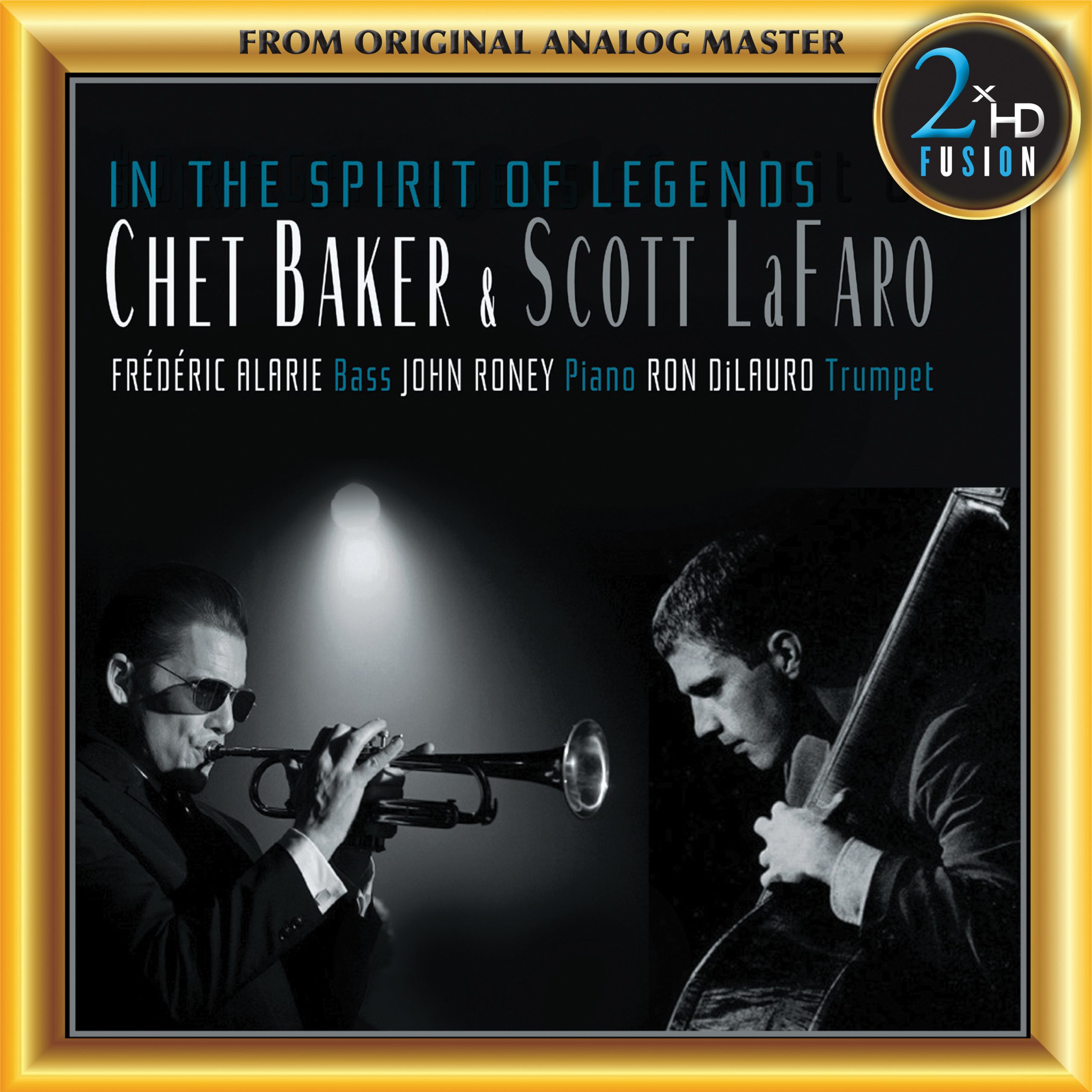An Enchanting Masterpiece
After the tremendous success of Swan Lake, Vladimir Jurowski and the State Academic Symphony Orchestra of Russia “Evgeny Svetlanov” continue their Tchaikovksy ballet series on Pentatone with this recording of The Nutcracker.
Tchaikovsky’s enchanting masterpiece is an absolute audience favorite, thanks to hits such as the Waltz of the Flowers, Trepak and Dance of the Sugar Plum Fairy, but also due to the composer’s ability to evoke a sense of wonder in listeners both young and old. Vladimir Jurowski and his players tell this story about the power of fantasy with unprecedented zeal, demonstrating the symphonic refinement and orchestral brilliance of Tchaikovsky’s score.
The Nutcracker offers the third Pentatone release of the State Academic Symphony Orchestra of Russia “Evgeny Svetlanov” together with its Artistic Director Vladimir Jurowski, after Prokofiev Symphonies 2 & 3 (2017) and Swan Lake (2018). Jurowski has recorded extensively for Pentatone and is seen as one of the most prominent conductors of his generation.
State Academic Symphony Orchestra of Russia
Vladimir Jurowski, Conductor
Tracklist
Please note that the below previews are loaded as 44.1 kHz / 16 bit.Total time: 01:26:13
Additional information
| Label | |
|---|---|
| SKU | PTC5186761 |
| Qualities | DSD 512 fs, DSD 256 fs, DSD 128 fs, DSD 64 fs, DXD 24 Bit, FLAC 192 kHz, FLAC 96 kHz |
| Channels | 2ch Stereo, 5 Channel Surround Sound, 2ch Stereo & 5ch Surround |
| Artists | |
| Composers | |
| Genres | |
| Recording Type & Bit Rate | DSD 64 |
| Recording location | Moscow Tchaikovsky Conservatory main hall, Russia |
| Recording Engineer | Lauran Jurrius |
| Producer | Renaud Loranger |
| Notes | NativeDSD selectively creates higher DSD bitrates of label's releases using two methods (Merging Technologies Album Publishing and Singnalyst HQPlayer Pro), depending on the original edited master source. In order to understand the processes, a bit of background is appropriate. NativeDSD sells only recordings that were originally recorded in DSD or DXD (352.8KHz PCM). The overwhelming majority of these recordings were edited and post processed in DXD, then converted (modulated) into DSD deliverable bit rates. NativeDSD acquires the label's original DXD edited master, and using Merging Technologies Album Publishing, creates a first generation DSD64, DSD128, and DSD256, as well as a DXD FLAC deliverable. Additionally, on selected recordings, a 32bit PCM WAV file is extracted (the DXD PCM FLAC is 24 bits by format definition), and uses it to modulate a DSD512 using HQPlayer Pro. The exception to the above are the few label recordings (Yarlung, Eudora, Just Listen etc.) that record in DSD, and do no PCM post processing mixing, level balancing, EQ etc. That's doable by restricting post processing to just editing, where only the edit transition interval (typically 100ms or less) is PCM converted, leaving the DSD music content unaltered when rendered. For those recordings, the DSD edited master (the actual recording master with edits) is used with HQPlayer Pro to re-modulate the missing DSD bitrates. Why do any of this? It's to provide a DSD bitrate deliverable choice, allowing a customer to purchase the highest DSD bitrate their DAC will support. It's correct that there's no additional music content information contained in the higher DSD bit rate from the original DSD bitrate. What's different is the uncorrelated modulation noise content placement in the frequency spectrum. When a DSD original file is converted to DXD (PCM), the inherent DSD modulation noise is removed through the decimation filtering, and re-inserted when modulated back to DSD. The modulation noise (again, uncorrelated) is the carrier part of the DSD bitstream modulation, and an inherent part of the DSD bit stream.
While the spectorial shape is the same regardless of the DSD bitrate, it's effective start and end points move an octave higher for every doubling of the DSD bitrate. For DSD64, the uncorrelated modulation noise is about -110dB at 20KHz, rising to about -50dB at 100KHz. For DSD512, the modulation noise is about -110dB at 160KHz, and -50dB at 800KHz. What this allows is for the customer's DAC to use gentler, more Gaussian shaped reconstruction filters, with far improved phase response.
|
| Mastering Engineer | Erdo Groot |
| Original Recording Format | |
| Conductors | |
| Instruments | |
| Release Date | November 14, 2019 |
Only logged in customers who have purchased this product may leave a review.










Reviews
There are no reviews yet.